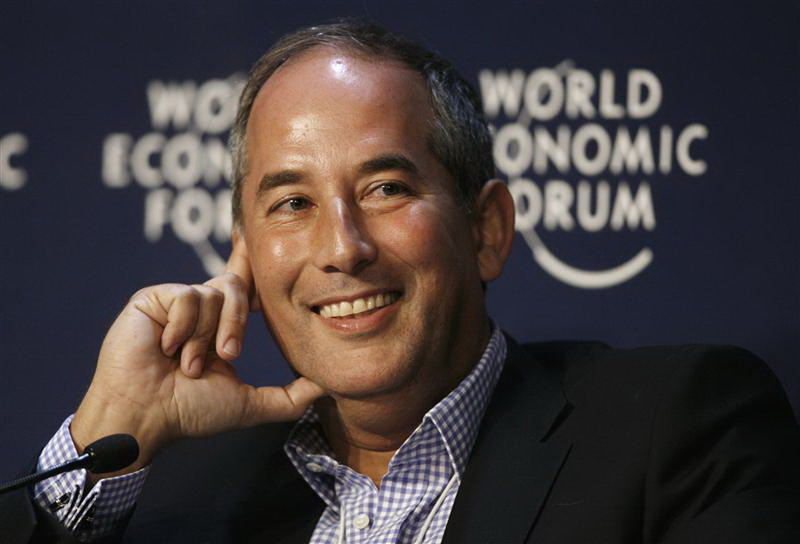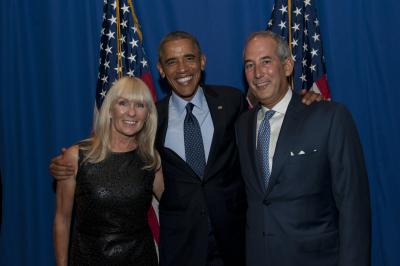In The Innovator’s Dilemma, Clayton Christensen explained why it is so difficult for large, successful companies to innovate and grow new businesses. Professor Christensen’s insightful analysis is no longer controversial. We understand why a large computer company like IBM needed to separate and ring-fence its entry into the personal computer market, and conversely, why so few of the great mini-computer makers made it into the PC era.
To this important piece of scholarship, I offer a minor corollary from the media world. I am often asked why all the innovative services in media and entertainment originate in small companies rather than the established titans which have all the resources, including brand. The principal answer to this question remains the classic Innovator’s Dilemma. However, I think one additional factor is at work in the content industries: good legal departments.
When you think of innovations in the music industry like the original Napster or KaZaA or the phenomenal rise of YouTube, one understands why it is not Universal Music or NBC which blazes the trail. In the content world, it must be admitted that a fair number of start-ups adopt a legal position that could be best described as “we will worry about copyright infringement when we are successful”. Indeed, that is precisely what is going on now as Google is regularizing YouTube’s content relationships.
Since I practiced law for many years I offer this defense of my former colleagues: Don’t blame the lawyers for once. If a product manager at NBC called upon the formidable GE legal department and presented a business plan that was based on ripping-off copyright until the service was so popular, fearful content owners would no longer complain, he would be laughed out of Fairfield. Big companies with stringent compliance policies and now Sarbanes Oxley controls to attest to are just not going to take these risks. Nor should the junior product manager just not consult the lawyers for fear that he will get the “wrong answer”.
We must recognize that there are often legitimate structural reasons why most challenges to the established order come from outside the firm. This is also not a bad thing as it quite naturally serves as a check on the dominance of large organizations — perhaps far more effectively than antitrust policy.





